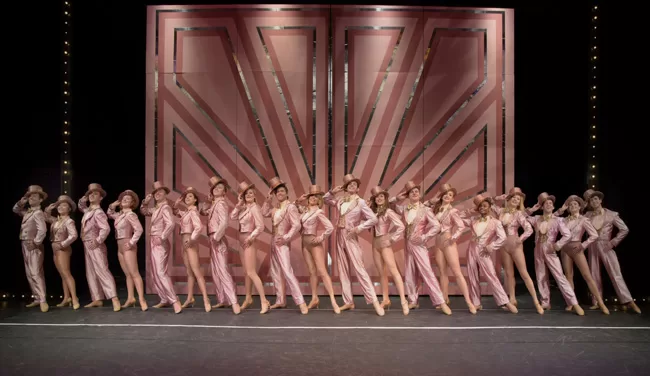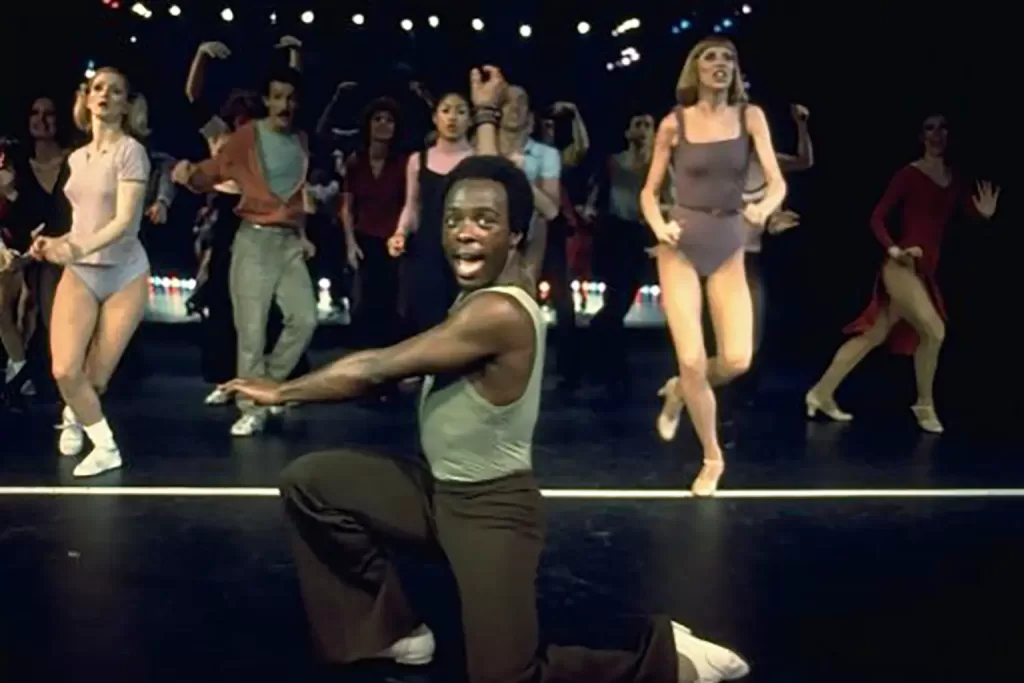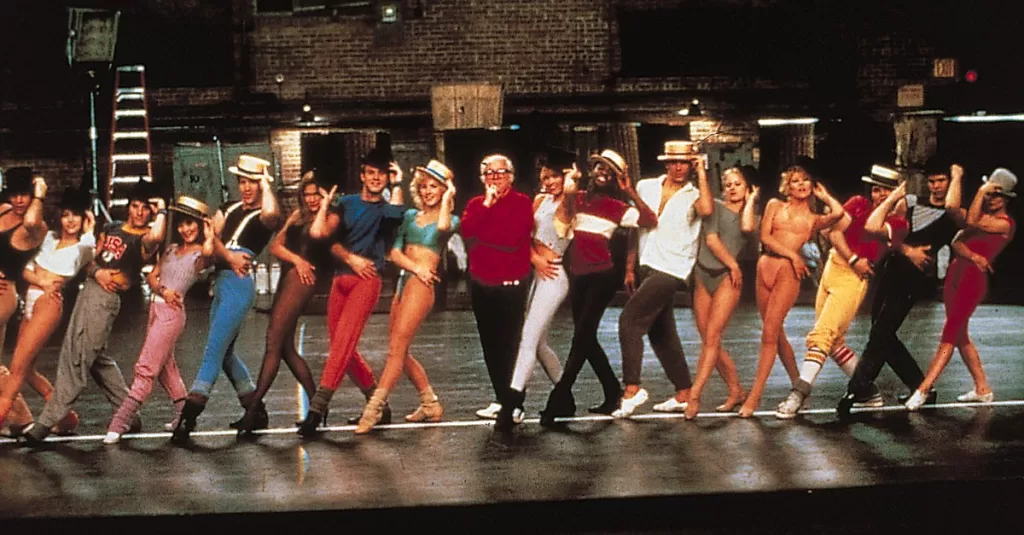
There are shows that dazzle.
And then there are shows that see you.
One. Singular. Sensation.
It’s a lyric that’s become shorthand for showbiz glitz, but behind the sparkle lies something deeper: a mirror. And in 1975, A Chorus Line held that mirror up to the dancers—the unsung, the ensemble, the bodies behind the Broadway dream.
Fifty years later, the line still stretches across time, memory, and stage.
A Show About the Show: The Birth of Something Bold

Before A Chorus Line, musicals were mostly escapism—big sets, fictional plots, a touch of glamour. But this one? It stripped everything down.
A bare stage.
A line of dancers.
And the question: “What are you doing this for?”
Built from real interviews with performers, A Chorus Line became a radical act of truth-telling. Their voices—raw, funny, messy, brilliant—weren’t filtered through characters. They were the characters.
When it opened at the Public Theater in 1975 and later moved to Broadway, it didn’t just resonate—it exploded. The show won nine Tony Awards, the Pulitzer Prize for Drama, and held the record for longest-running Broadway show for nearly a decade.
It was art about artists.
And for so many of us, it was the first time we felt seen.
“I Hope I Get It”: Dreams, Desperation, and Dance

There’s something uniquely terrifying about auditioning. You bare your body, your training, your soul—for someone to judge in seconds.
“I really need this job.”
I’ve whispered that line to myself, too. Maybe not in legwarmers on a stage, but in every studio where I’ve stretched my worth into shapes I thought they wanted.
That’s why A Chorus Line endures.
Because it understands that artistry is not just talent. It’s hunger.
It’s childhood dreams packed into headshots. It’s knees that ache too soon.
It’s giving everything to a moment and hoping someone says yes.
In that way, it’s still one of the most honest musicals ever written.
“What I Did for Love”: Legacy and Letting Go

There’s a tenderness to A Chorus Line that sneaks up on you. For all the tight choreography and sharp beats, it holds so much vulnerability.
And when they sing “What I Did for Love”, it’s not about romance. It’s about the sacrifices—the shows lost, the roles missed, the injuries hidden, the aging out.
And still, they stay.
For the joy. For the need. For the love.
That’s why the musical is studied in every theatre program. Why its monologues are still audition staples. Why the revival rumors in 2025 stir something in people who saw it once and never forgot.
It’s not just about Broadway.
It’s about what it means to chase something bigger than yourself.
To give your story to the chorus and let it sing.
50 Years Later, the Line Still Holds

A Chorus Line isn’t just a show—it’s a memory. A movement. A moment frozen in gold lamé and grief and applause.
And it taught us this:
Even if you’re not center stage, your story matters.
Even if you blend into the back, you are still singular.
It’s been 50 years, but for those of us who’ve ever stood on the edge of a spotlight, waiting to be chosen, A Chorus Line still knows our names.
And that’s worth dancing for.
Explore our posts 50 Years of The Wiz here, Ain’t Misbehavin here and My Fair Lady here!
A Chorus Line debuted on Broadway in 1975 and changed musical theatre forever. As the show celebrates its 50th anniversary, its legacy continues to resonate with dancers, students, and theatre lovers around the world. Whether you’re exploring the history of A Chorus Line, preparing a study guide, or reflecting on what makes it so iconic, this heartfelt tribute honors the musical’s raw honesty and cultural impact.



[…] Musical check out our other posts One Singular Sensation: A Chorus Line’s Legacy 50 Years here, 50 Years of The Wiz here, and An American in Paris […]